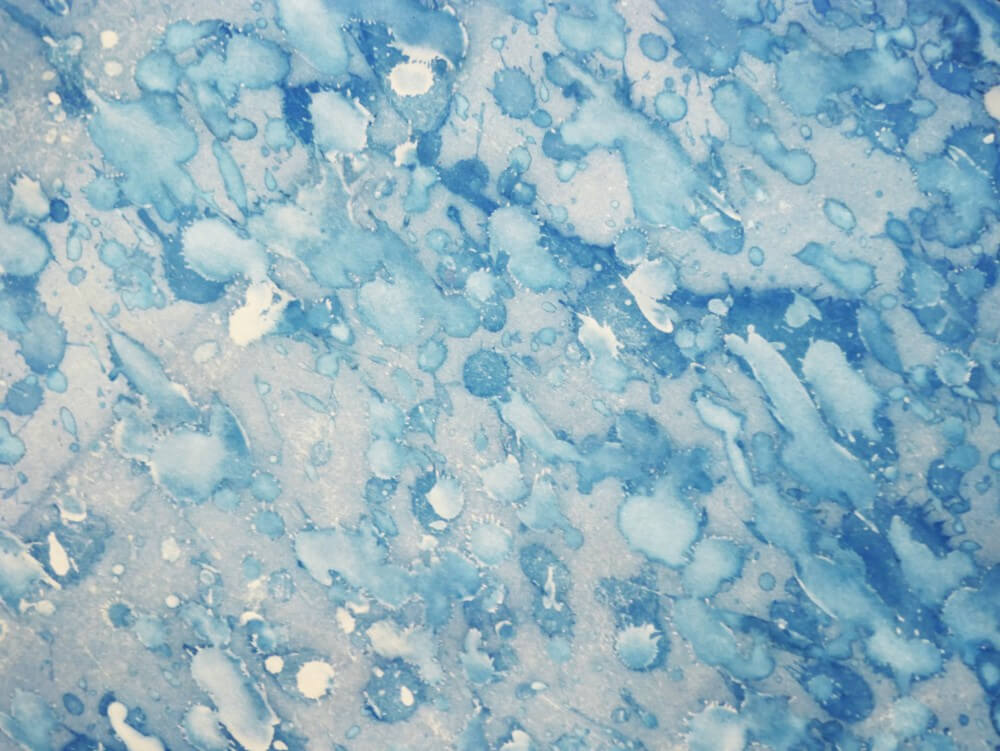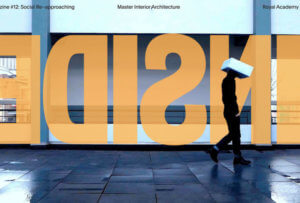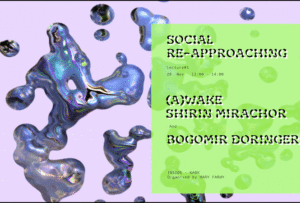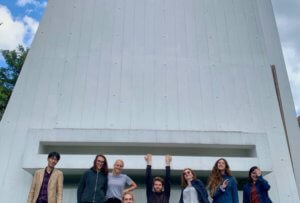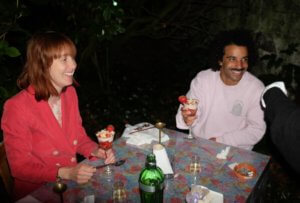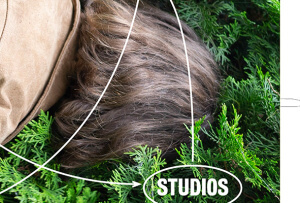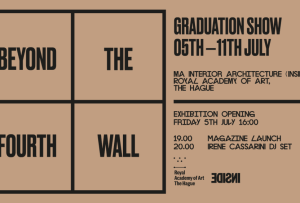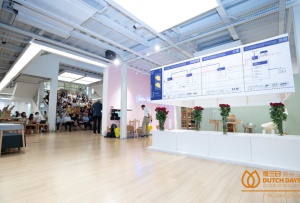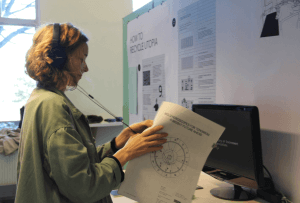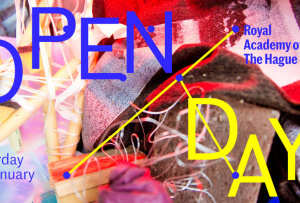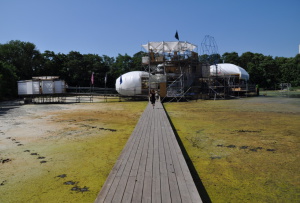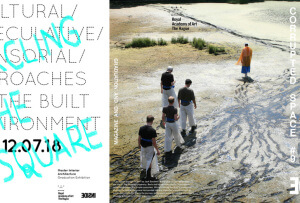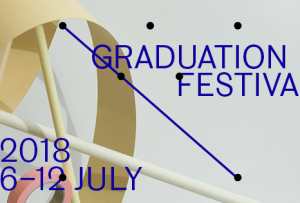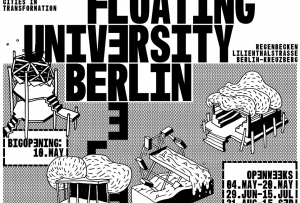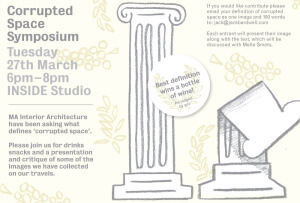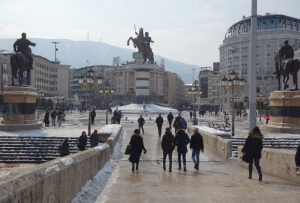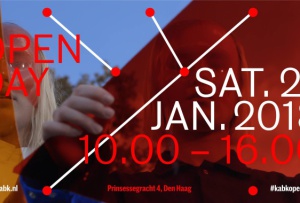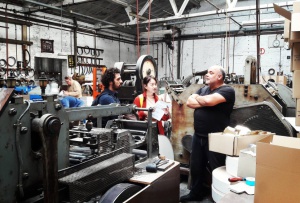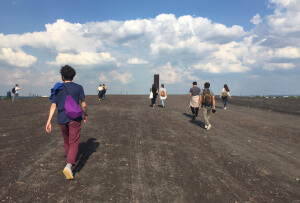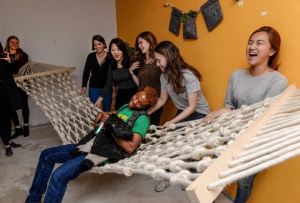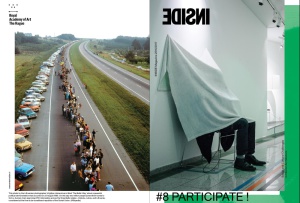Pichaya Puapoomcharoen – Graduation project 1718
Experiencing the Transience.
The celebration of imperfection: a pavilion
I always enjoy observing nature because of its unpredictability and its uncontrollable and dynamic behaviour. Usually I attempt to seek for spatial qualities and the traces of use in the build environment that developed in a natural way while I do not regard architecture as a fixed image but as a living organism. A particular magical moment for me is when nature affects the outer skin of a building and temporarily transforms the characteristics of materials, like wood, stone, copper etc. By time, these materials gradually change permanently, a process that is generally known under the term ‘decay’, but for me this imperfection creates beauty.
My research aims to find new potential of these materials and examines whether this transformation at the epidermis can dictate and define a design. In this modern age there are a lot of technologies capable to remove deformations and of course they can be used to restore severely damaged parts of the building. On the other hand, restorations deprive our understanding what impact nature can have on the build environment. In my view imperfections should be embraced as an element of time and be more appreciated rather than avoided, as it is inescapable.
In my project I explored ways to embrace this relationship between architecture and climate, being the main factor of nature that causes most transformations of materials. I did so by using a photographic printing process (cyanotype), referred to as blueprint, and in the past often used as a simple and low-cost process to reproduce drawings. When the epidermis is exposed to sunlight it will create a silhouette effect and I, as a designer, capture this to illustrate its liveliness for architecture. Wouldn’t it be nice to regard architecture as a living organism?
All images @INSIDE & Pichaya Puapoomcharoen
Find all images in the Graduation part of INSIDE Magazine 1718 and on the KABK website.
